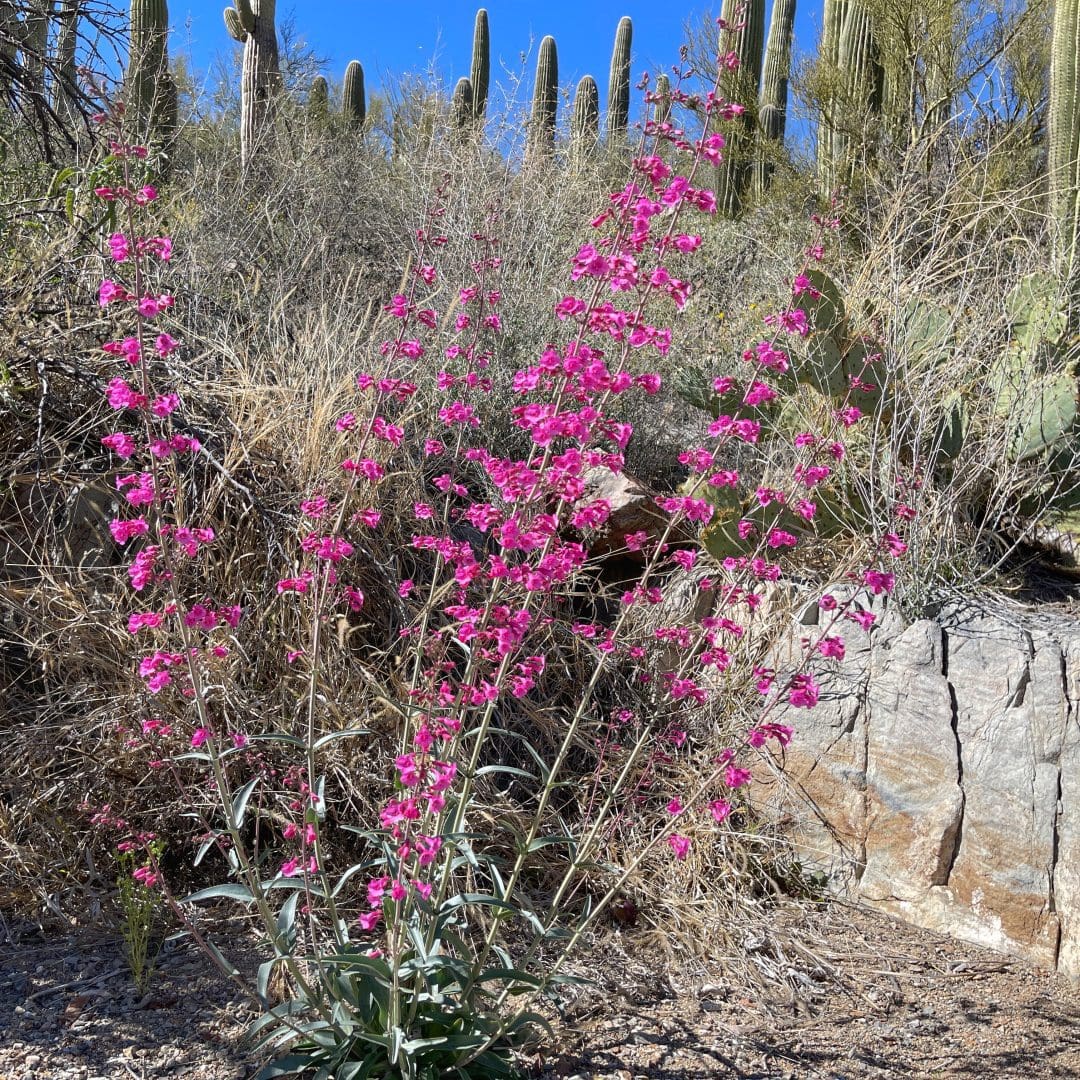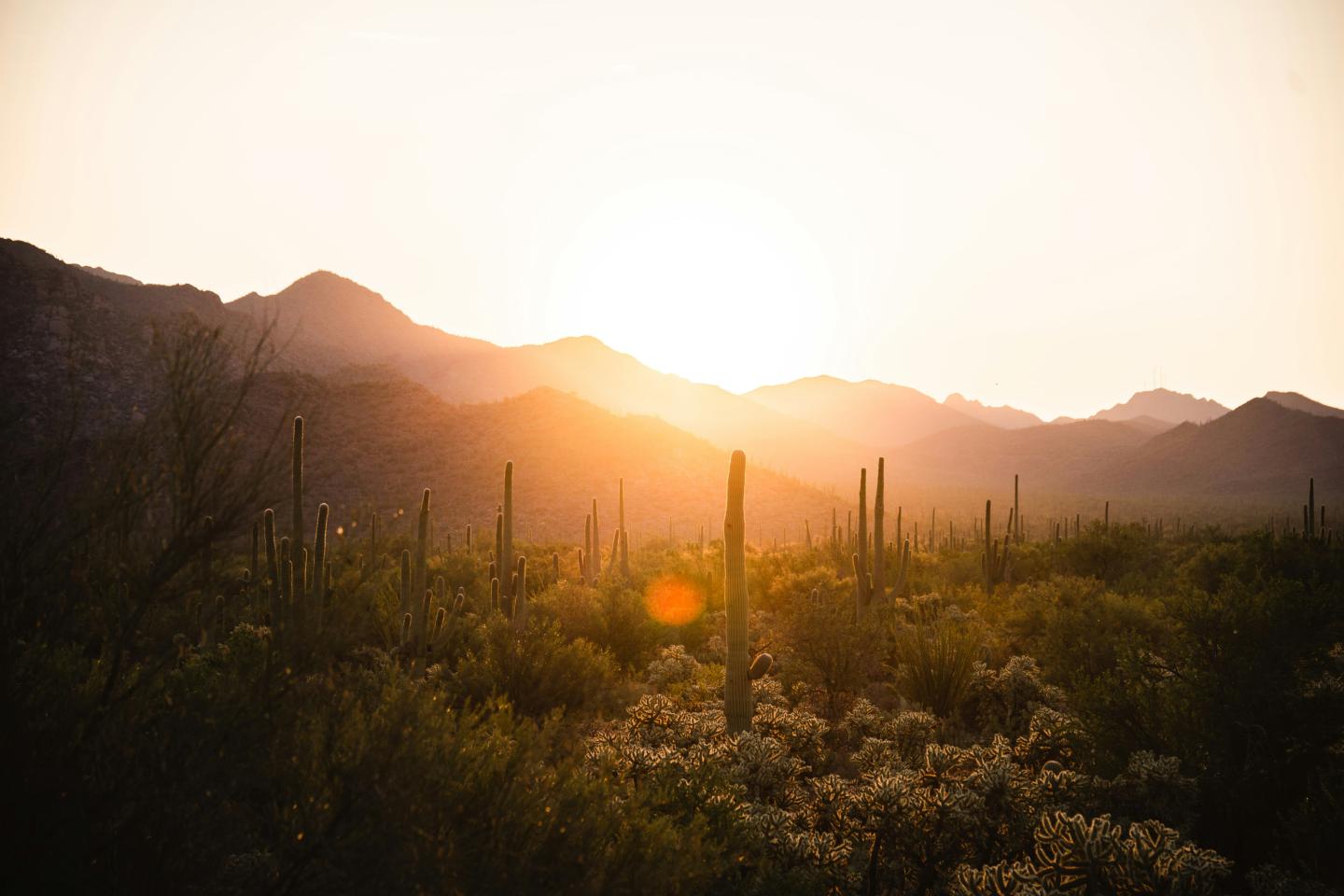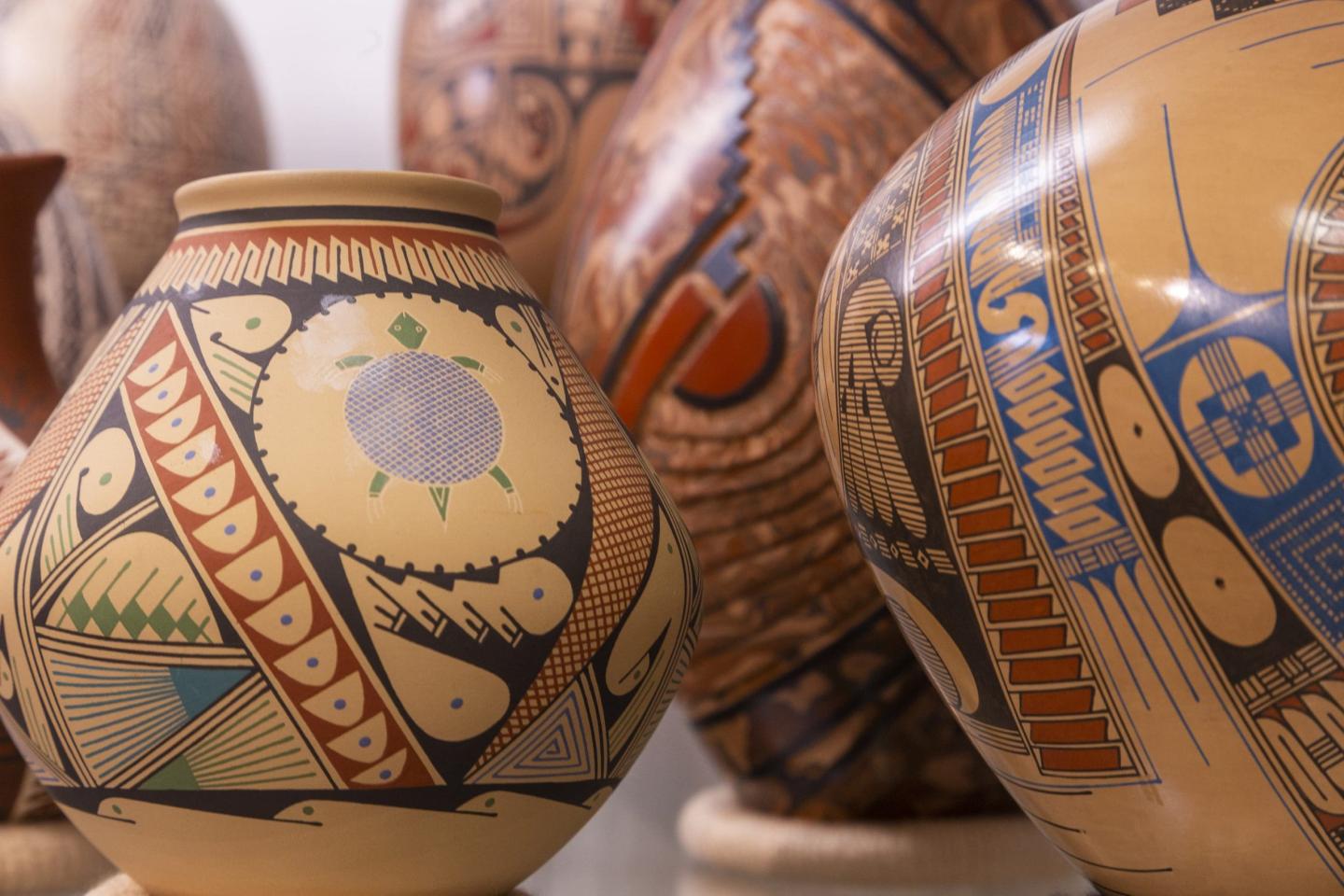
Experience New Mexico's Salinas Pueblo Missions National Monument

Just a short drive outside of Albuquerque, New Mexico, lies a fascinating glimpse into the past. Salinas Pueblo Missions National Monument protects the still-standing structures of three 1600s-era Spanish colonial missions that tell a complex story of cultural interactions, conflict, and strife between Spanish colonists and Pueblo peoples. Today, you can visit the park, learn about this significant history, and appreciate the many cultures that have contributed to these beautiful, yet complex sites.
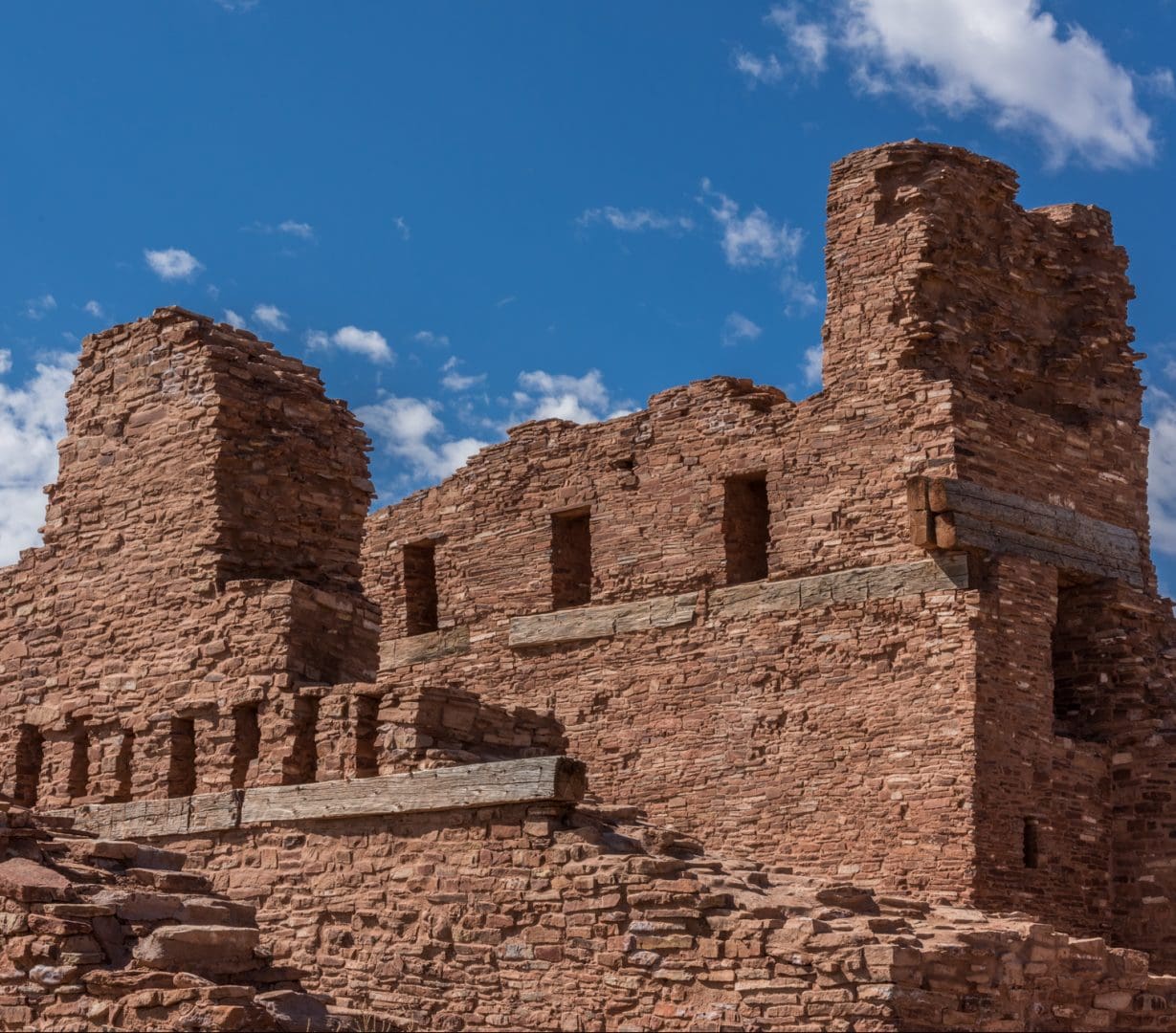
The Abó Mission at Salinas Pueblo Missions National Monument
The Abó mission was built where hundreds of Puebloan people were already living. Today, you can explore the remains of the village and mission complex established by early Spanish colonists in the 1600s. The most striking feature is the crumbling adobe walls of two churches built side-by-side. The first church was constructed in the 1620s, with a second larger church incredibly built around the existing structure in 1640 so religious services could continue uninterrupted during construction. Nearby are the remnants of the convento living quarters, which reveal an unexpected circular kiva room that was likely used by priests to aid in converting the Puebloan people to Christianity.
Wandering through the site, you can vividly imagine life centuries ago in the plaza dotted with homes, kivas for spiritual ceremonies, and horno ovens for baking bread. While little remains of the original Pueblo structures, the low mounds give a sense of the village that once bustled with activity. Displays on-site help highlight key details about the architecture and artifacts found during excavations.
Beyond the central complex, trails lead visitors past additional cultural artifacts. Scattered across the 370-acre site are the remains of later homesteads, as settlers returned to reoccupy Abó in the late 1800s.
With striking buildings nestled in the rolling hills, Abó mission is an unforgettable destination for history lovers and those seeking cultural connections. Whether you come for a quiet afternoon of exploration or a guided tour, you’ll gain unique insight into New Mexico’s rich cultural heritage at this ancient village frozen in time.
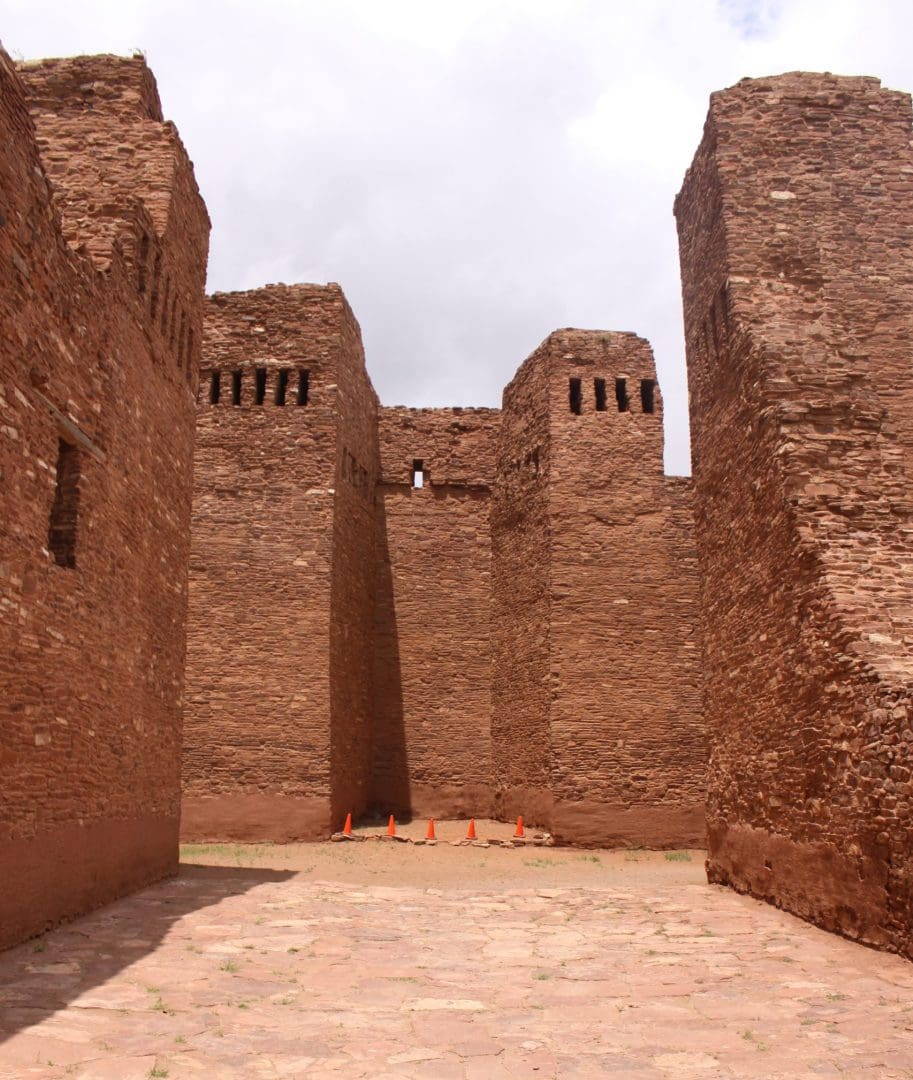
Step inside Quarai Mission at Salinas Pueblo Missions
One of the famed Salinas Pueblo Missions, Quarai provides a glimpse into the clash of cultures between Spanish colonists and Pueblo Native Americans in the 1600s, though the land had been home to Indigenous peoples for at least several centuries before the arrival of the Spanish. From its crumbling adobe walls rises the compelling story of faith, colonialism, and the perseverance of Indigenous peoples whose descendants still thrive today.
Founded in 1626 by Spanish Franciscan friars, the Quarai mission complex slowly took shape under the direction of Fray Juan Gutierrez de la Chica. Pueblo laborers built the imposing church, humble convento quarters, and adjacent kiva under the friar’s watchful eye. Completed in 1632, the Mission Purisima Concepcion de Quarai would not serve its religious purpose for long. Due to a number of hardships during the early 1670s, including a series of droughts and political unrest, people at Quarai decided to leave the pueblo. Tiwa speaking inhabitants are believed to have joined their linguistic kinsmen along the Rio Grande. By 1678, there is evidence that none of the Salinas Valley pueblos and missions had inhabitants any longer.
Today, the weathered sandstone walls and reconstructed mission church stand testament to Quarai’s rich history. Gaze up in wonder at the intricately carved beams that miraculously still support the roof of the open-air church. Marvel at the craftsmanship of the stone convento rooms and kiva, circular underground chambers used in Pueblo ceremonies. Climb the worn rock steps to the top of the Torreon, a defensive tower offering panoramic views of the surrounding countryside. Feel the weight of history in the very walls that sheltered Catholic friars and Pueblo converts centuries ago.
Though time has faded its frescoes and fractured its foundations, the Quarai Mission still profoundly moves visitors with its enduring beauty and complex and often harmful impacts, and echoes of those who once walked its dusty floors.
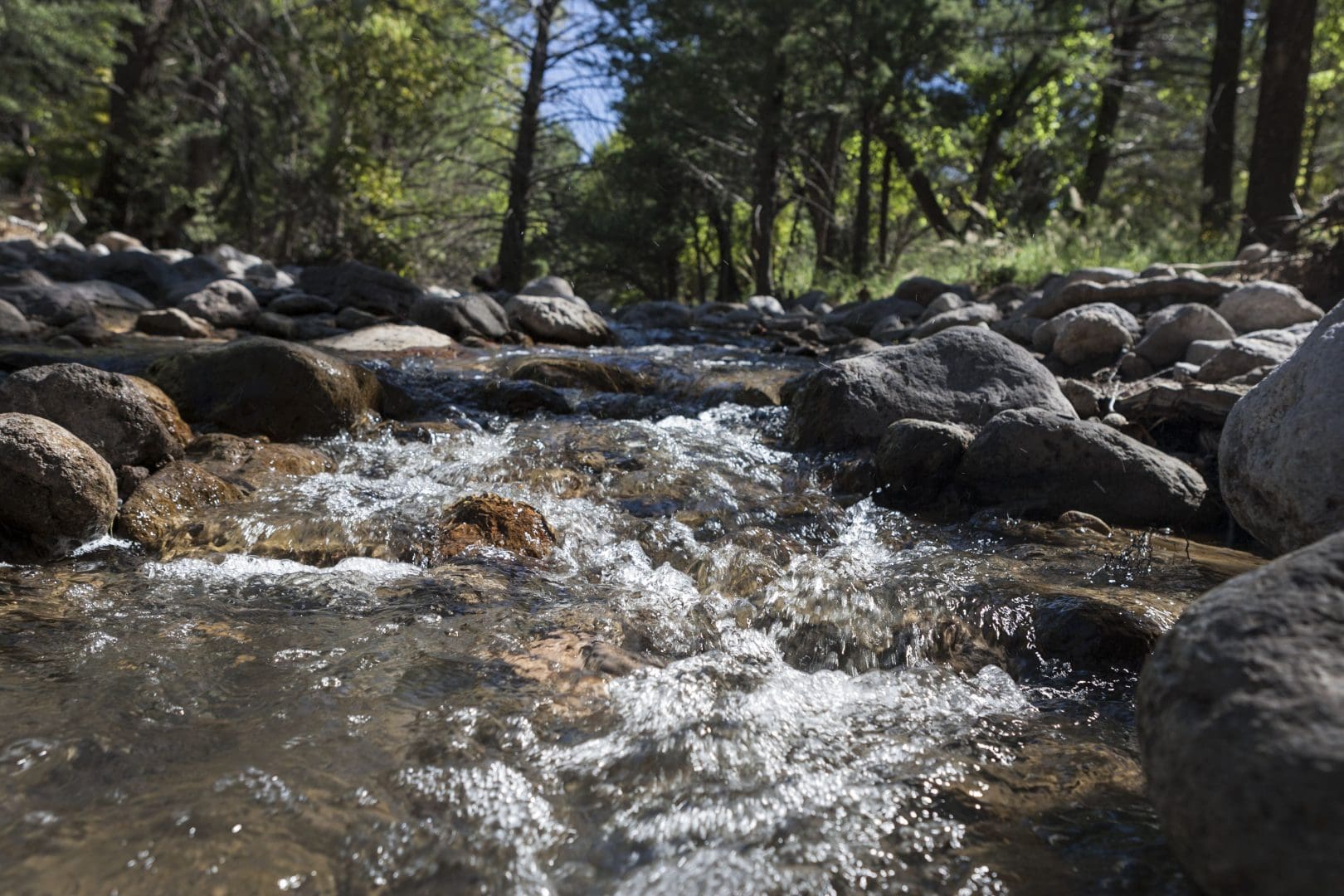
Want to show your love and support for these incredible lands?
Shop WNPA’s collection of apparel, books, collectibles, and more!
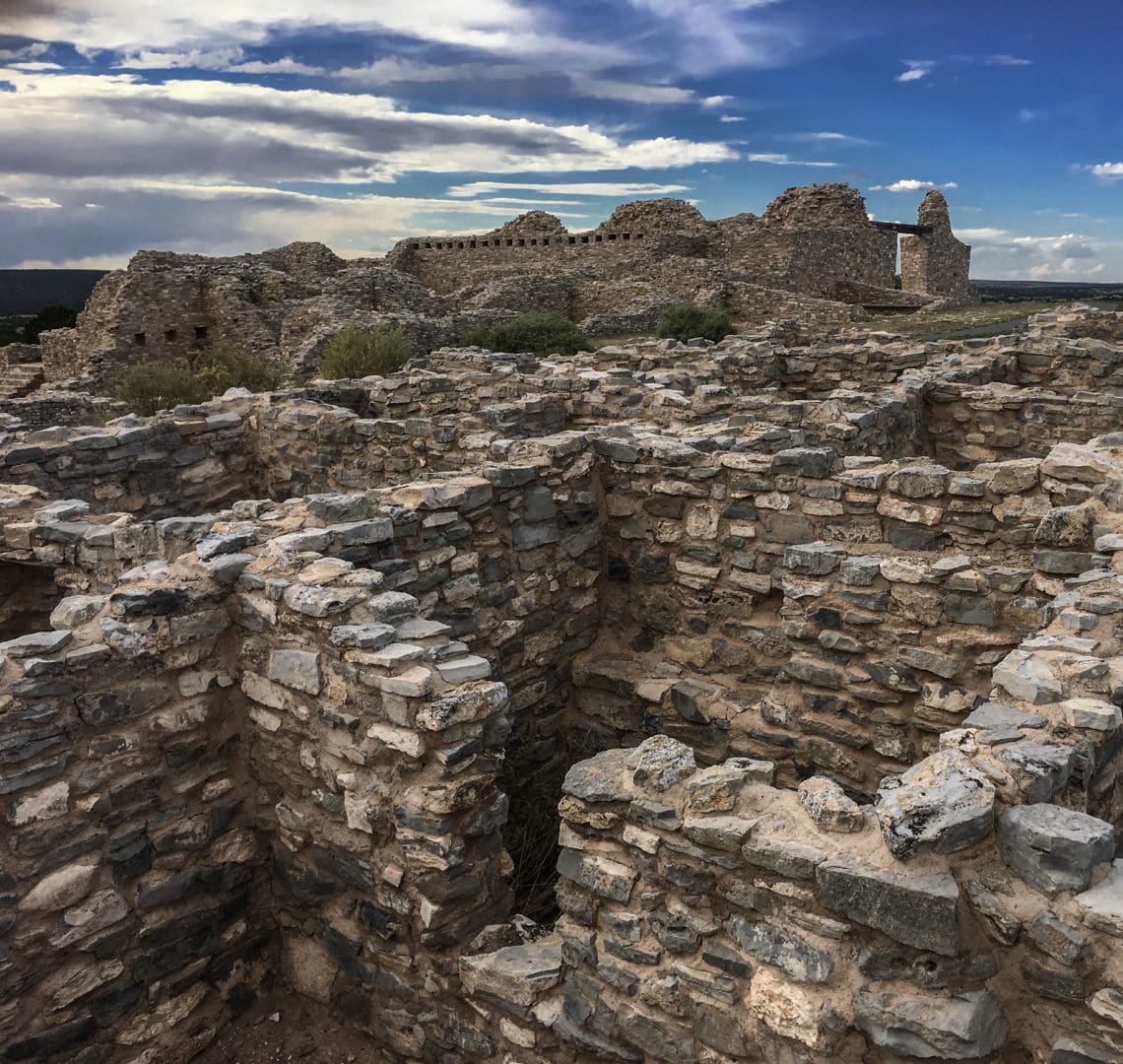
Gran Quivira at Salinas Pueblo Missions National Monument
The largest of the three Salinas Pueblo Missions, Gran Quivira encompasses roughly 611 acres. Here you’ll find the remains of a once-sprawling Pueblo city, including the partially excavated Mound 7 pueblo and its many kivas used for religious ceremonies.
The most visually striking site at Gran Quivira is the structure of the later mission church of San Buenaventura. With its high-rising walls and intricate facade, it’s easy to imagine this imposing church at the height of its use by Franciscan friars and Pueblo converts in the early 1600s. Yet by 1672, the settlement was no longer inhabited.
As you wander within the walls of Gran Quivira, the layers of history and culture reveal themselves. Every crumbling wall and fragment of pottery contains clues about the dramatic cultural intersections that played out here. How did the Pueblo adapt their traditions to accommodate Spanish mission life? What led to the eventual Spanish retreat? The beautiful architecture set against the stunning New Mexico skies spur visitors to imagine the answers.
The best way to experience Gran Quivira is to spend a day walking the self-guided trails. As part of Salinas Pueblo Missions National Monument, the Gran Quivira ruins are open year-round to visitor.
With striking architecture and significant histories of colonization, revolts, conflict, and resilience, Gran Quivira is an unforgettable unit at Salinas Pueblo Missions.
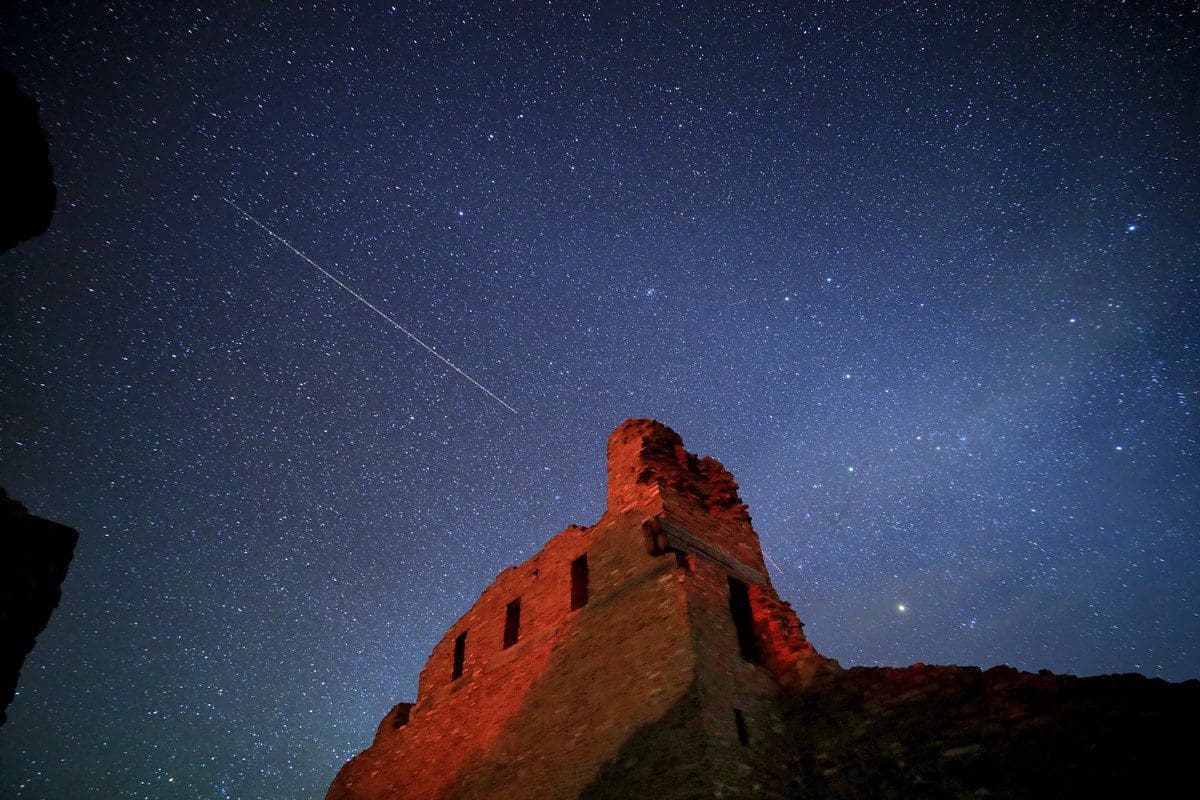
Salinas Pueblo Missions National Monument is an International Dark Sky Park
Extend your stay beyond sunset and don’t miss some of the most breathtaking night skies in the world. This International Dark Sky Park protects the skies from light pollution, which not only offers visitors unparalleled views of the stars, but also helps preserve ecosystems dependent on the darkness for survival.
By: Julie Thompson



